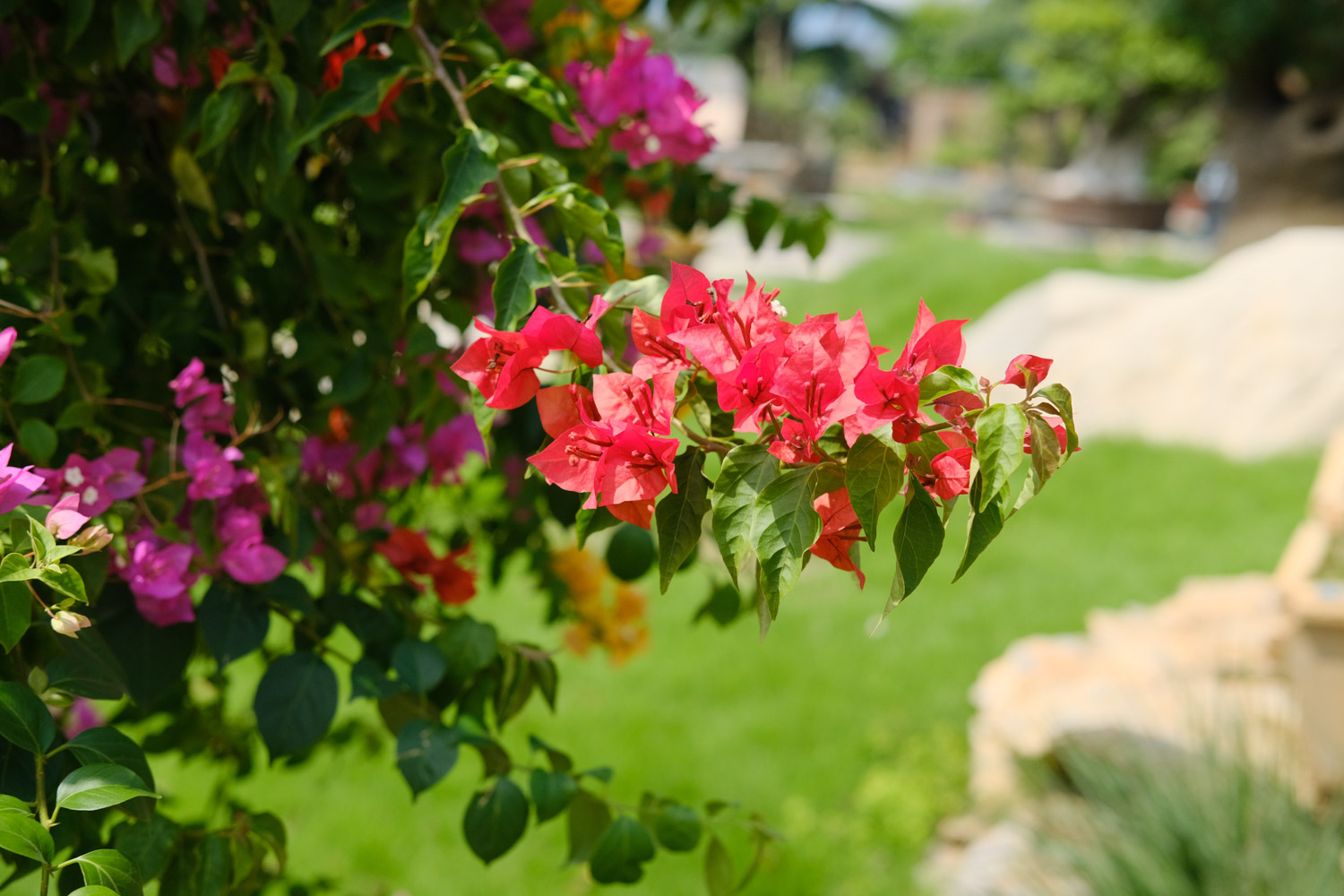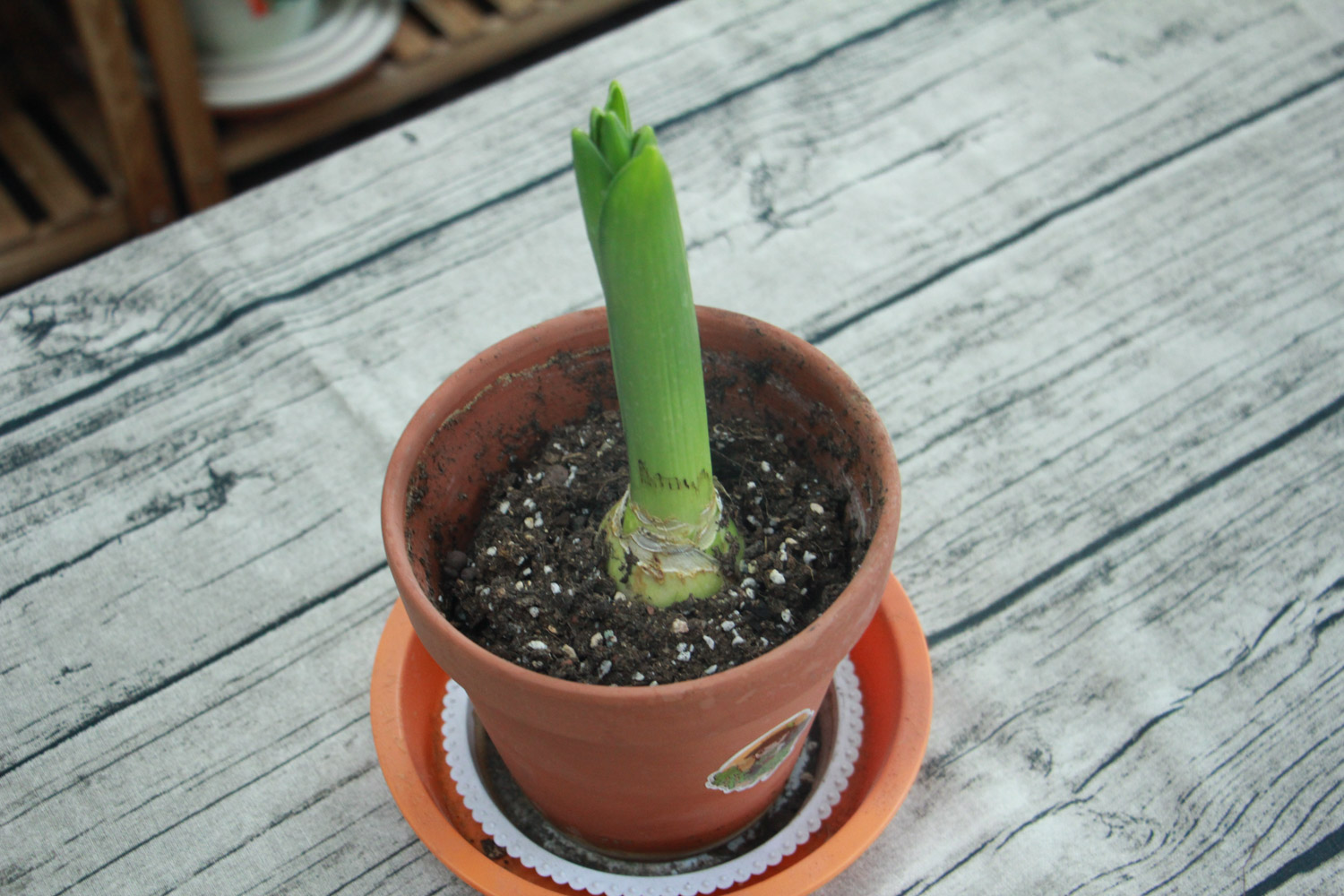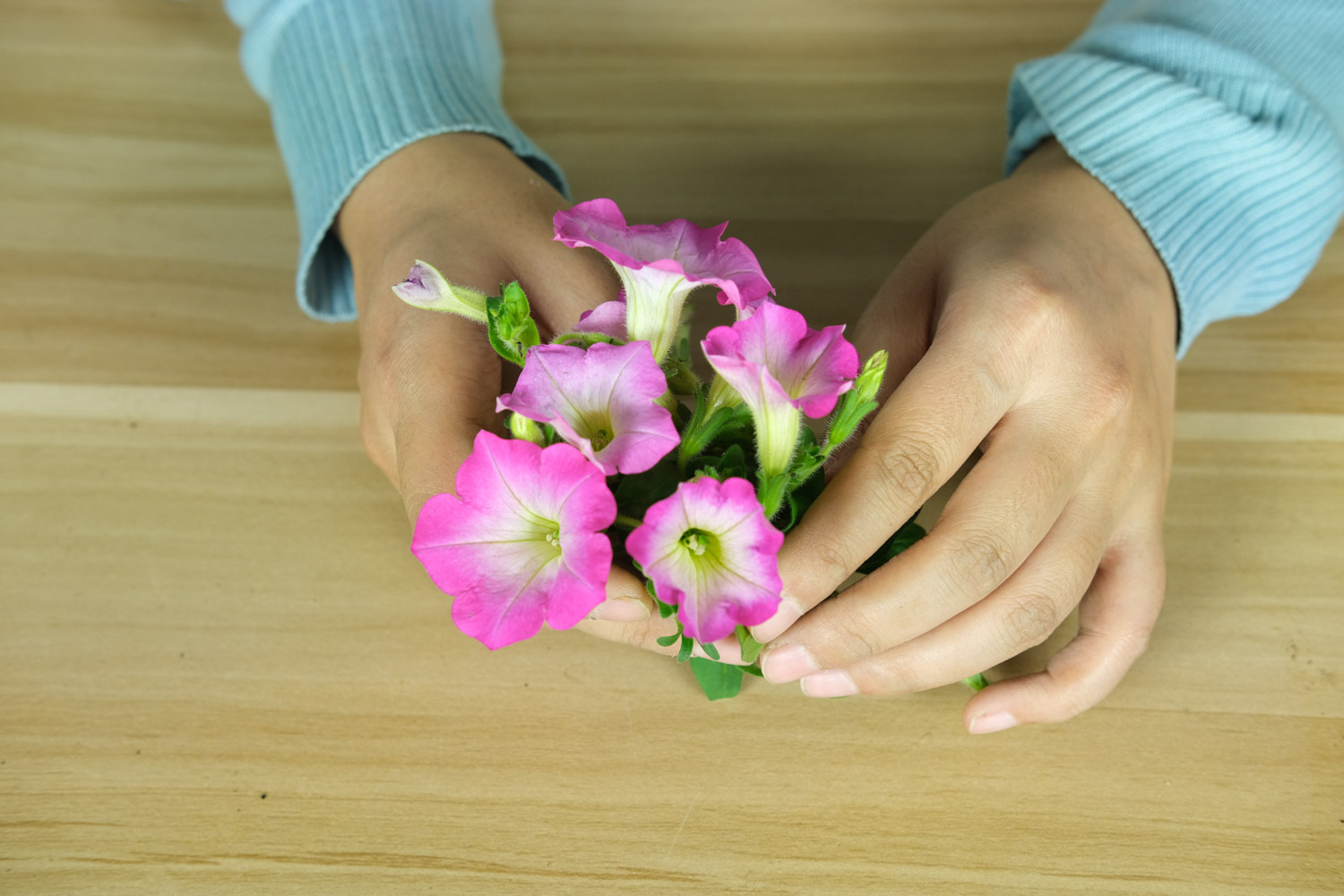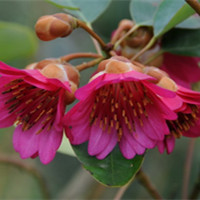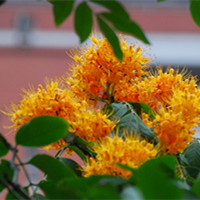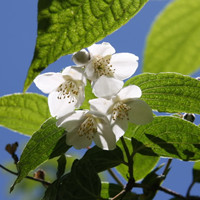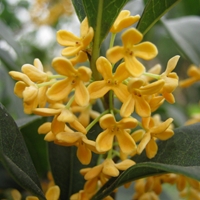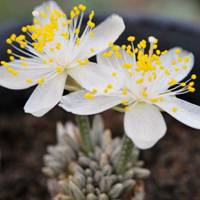Common name of white flower tough brocade
White flower tough brocade is commonly known as "Acacia asiatica"
White brocade flower habit
Baihuarenjin is a genus of Ilex in purslane family. The desert area originated in South Africa and Namibia likes a cool, dry and sunny environment. It is resistant to drought and semi shade. It avoids moisture and strong light. It is also afraid of muggy and humid, and is slightly resistant to cold
The suitable growth temperature is 20 ~ 25 ℃, and the growth period is summer
Family maintenance adopts the breeding method of sowing and cutting. Common diseases and insect pests include anthrax and scale insects
Maintenance skills of white flower tough brocade
Change basin: change basin every spring. The basin soil shall be well drained and kept slightly dry. In case of high temperature and strong light in summer, it shall be properly shaded
watering: the growth period is 1 times every 2 weeks. The base of the meat is bulge, tuber shaped, and water should not be watered. When the weather is dry, spray around the flowerpot and do not spray water into the stems and leaves. The room temperature is low in winter, and the basin soil remains dry
Fertilization: fertilize once a month during the growth period, and use special fertilizer for meat. Do not stain the leaf surface with fertilizer
Illumination: Renjin likes sunshine and is a plant that shines all day
Propagation method of white flower tough brocade
Sowing: indoor pot sowing is adopted from April to may, and the room temperature for germination is 20 ~ 25 ℃. It will germinate 15 ~ 21 days after sowing
Cutting: from May to June, cut the strong top stem with a length of 3 ~ 4cm, dry it slightly and then insert it into the sand bed, keep the soil slightly dry, and grow roots 21 ~ 27 days after cutting
Suggestions for planting combination: Edo purple, star beauty
Add: the small branches of the tough brocade and the rhizome form a pleasant contrast, like dancing silver snakes. The life of the flowers is very short, and each flower takes less than 2 hours from blooming to closing


